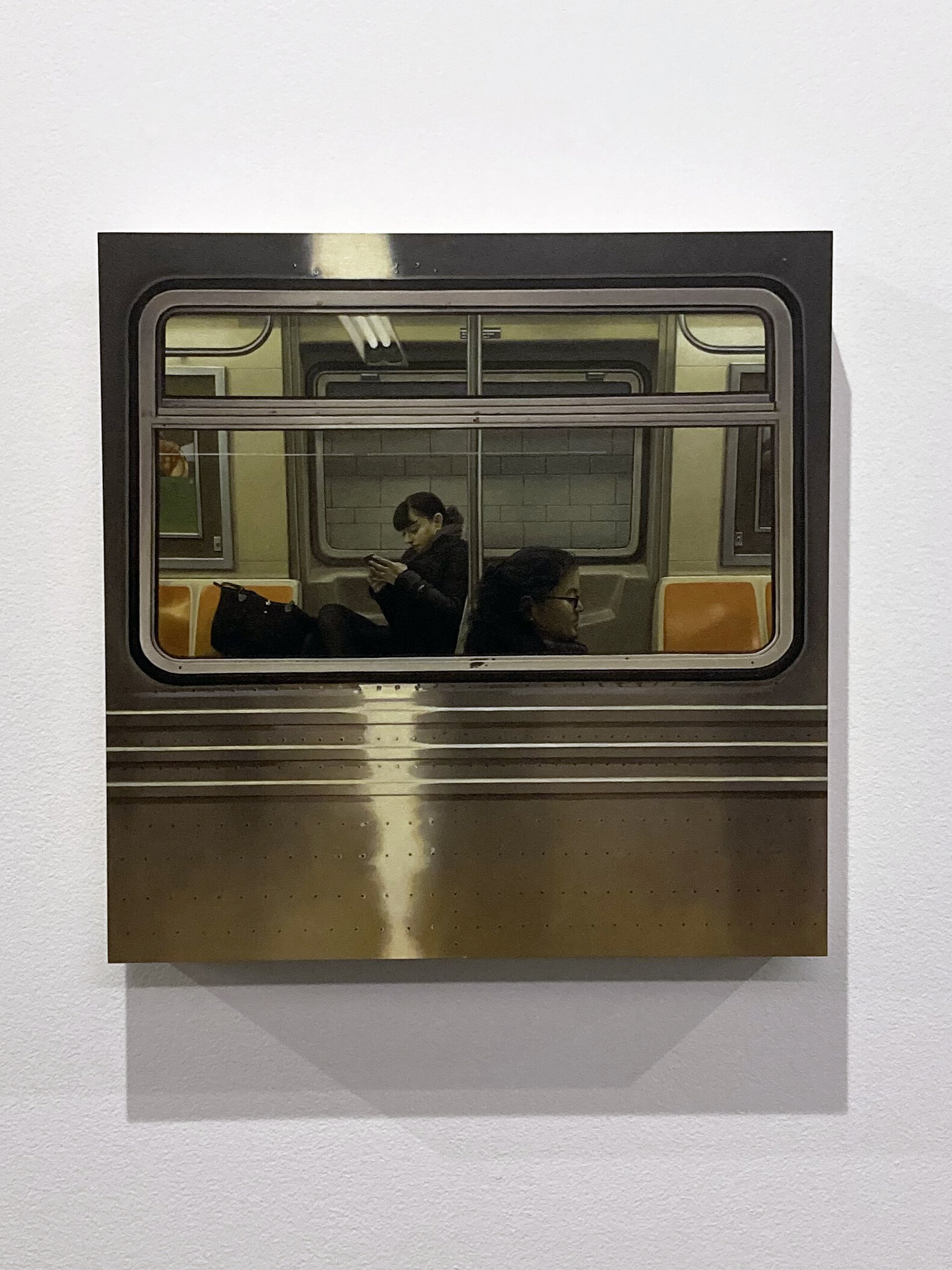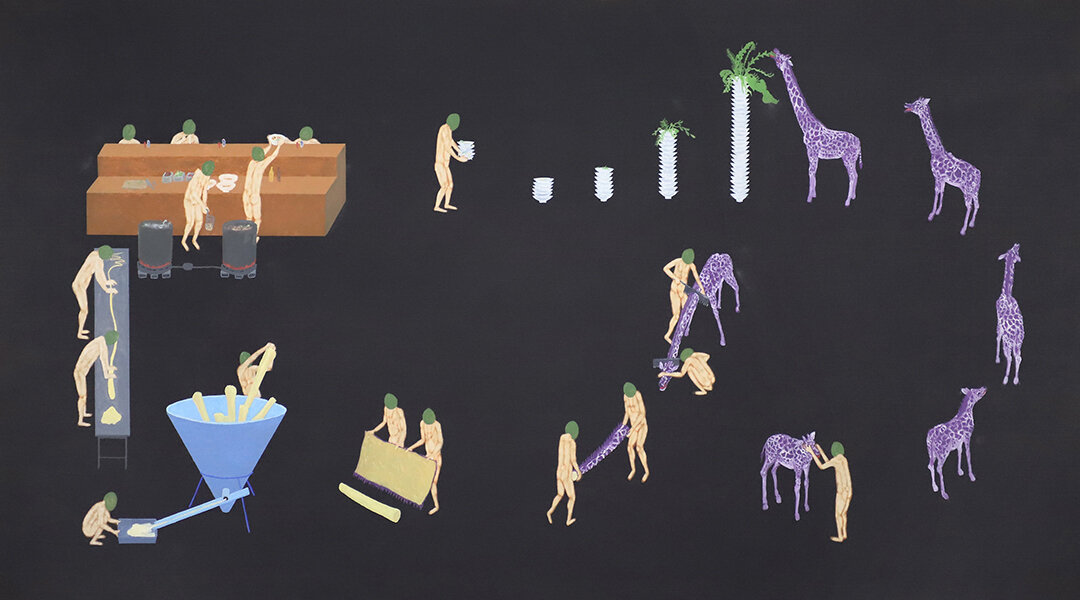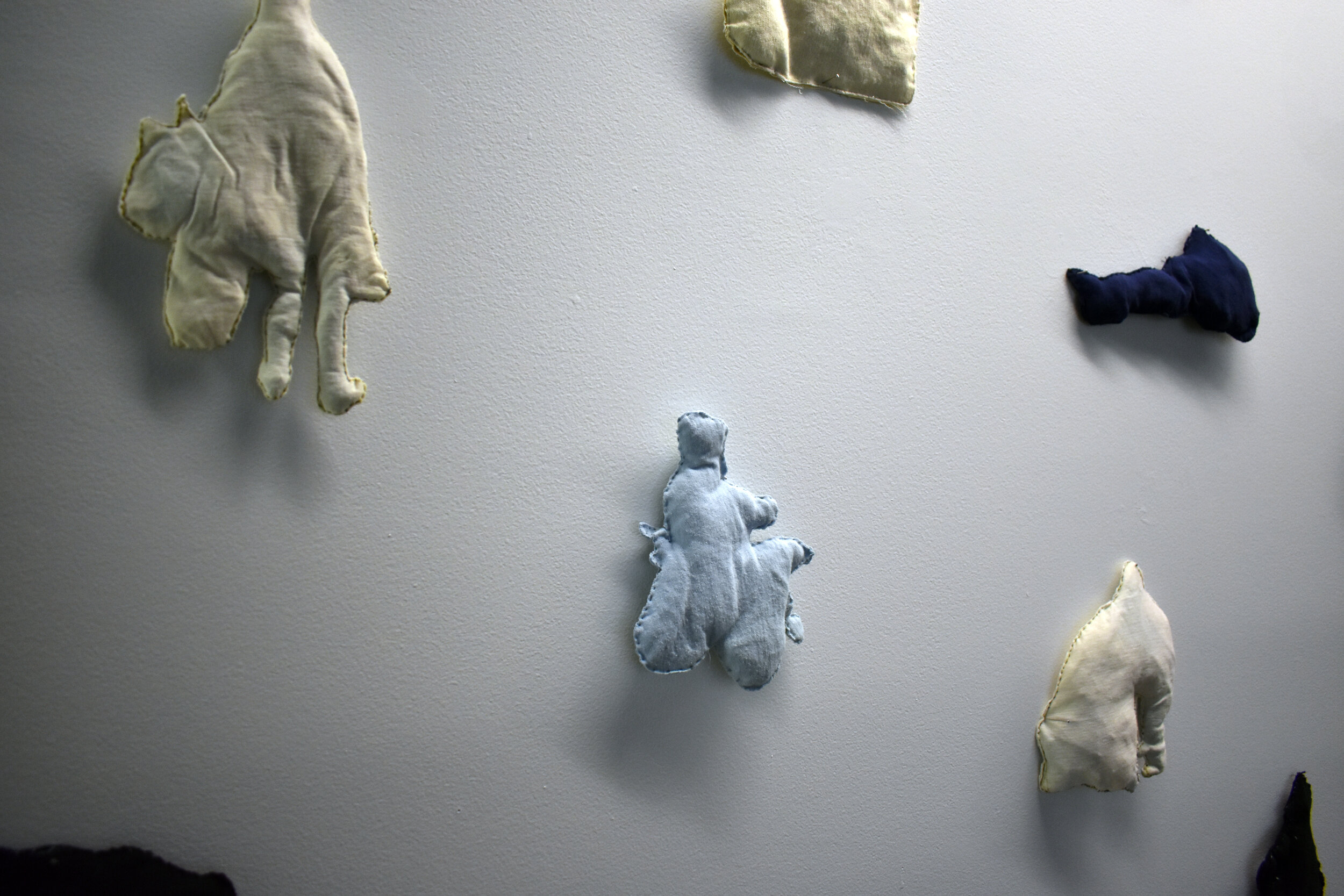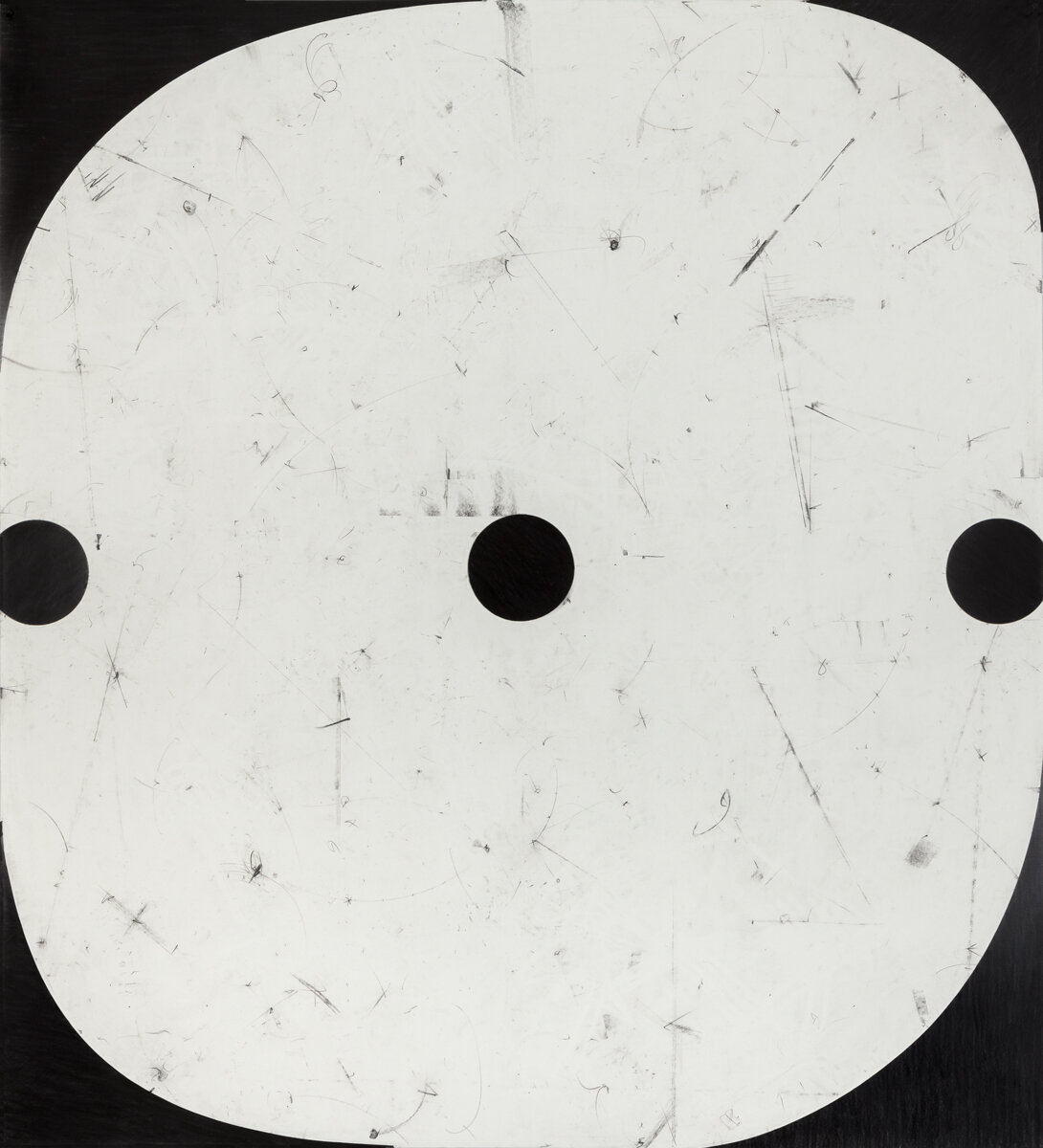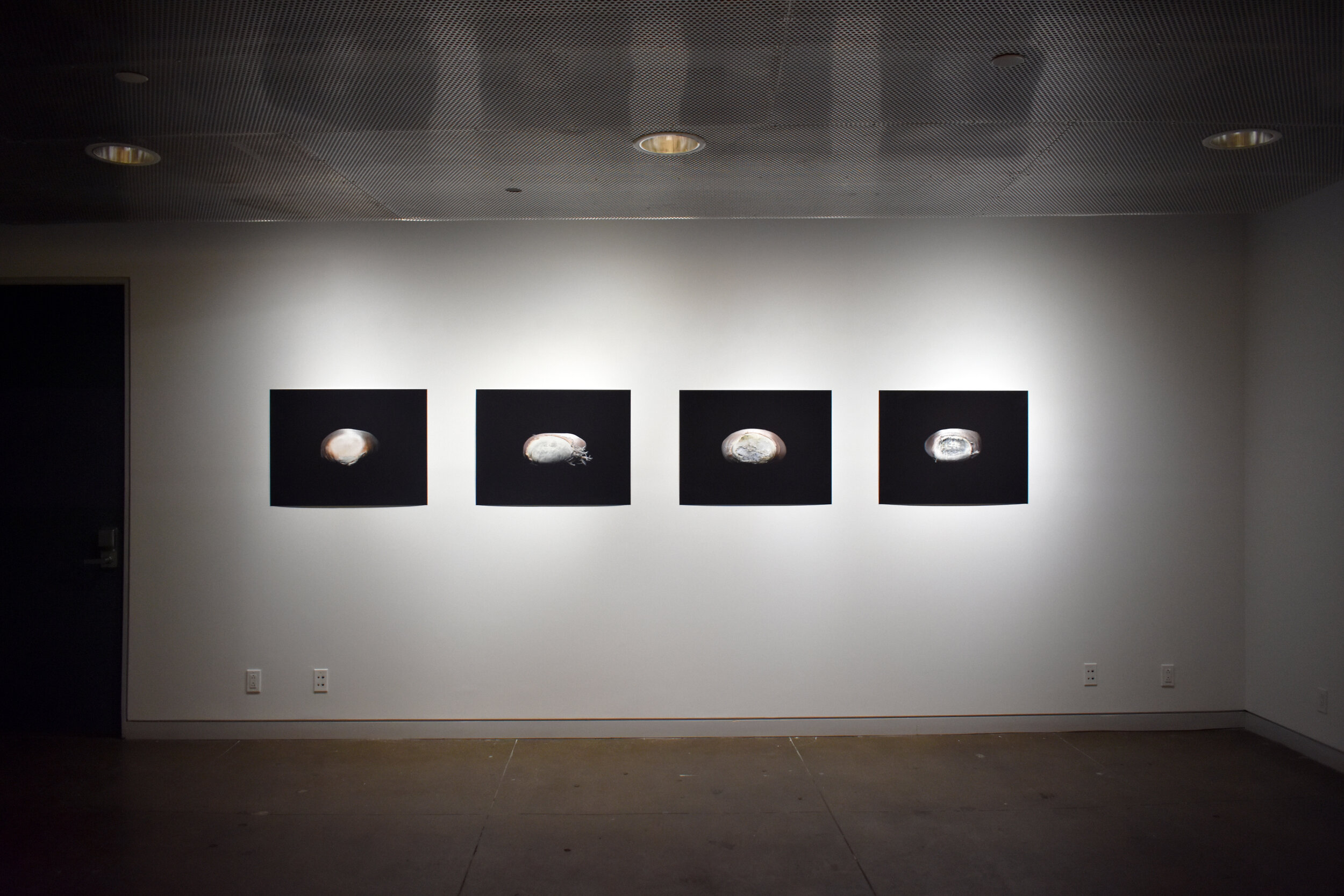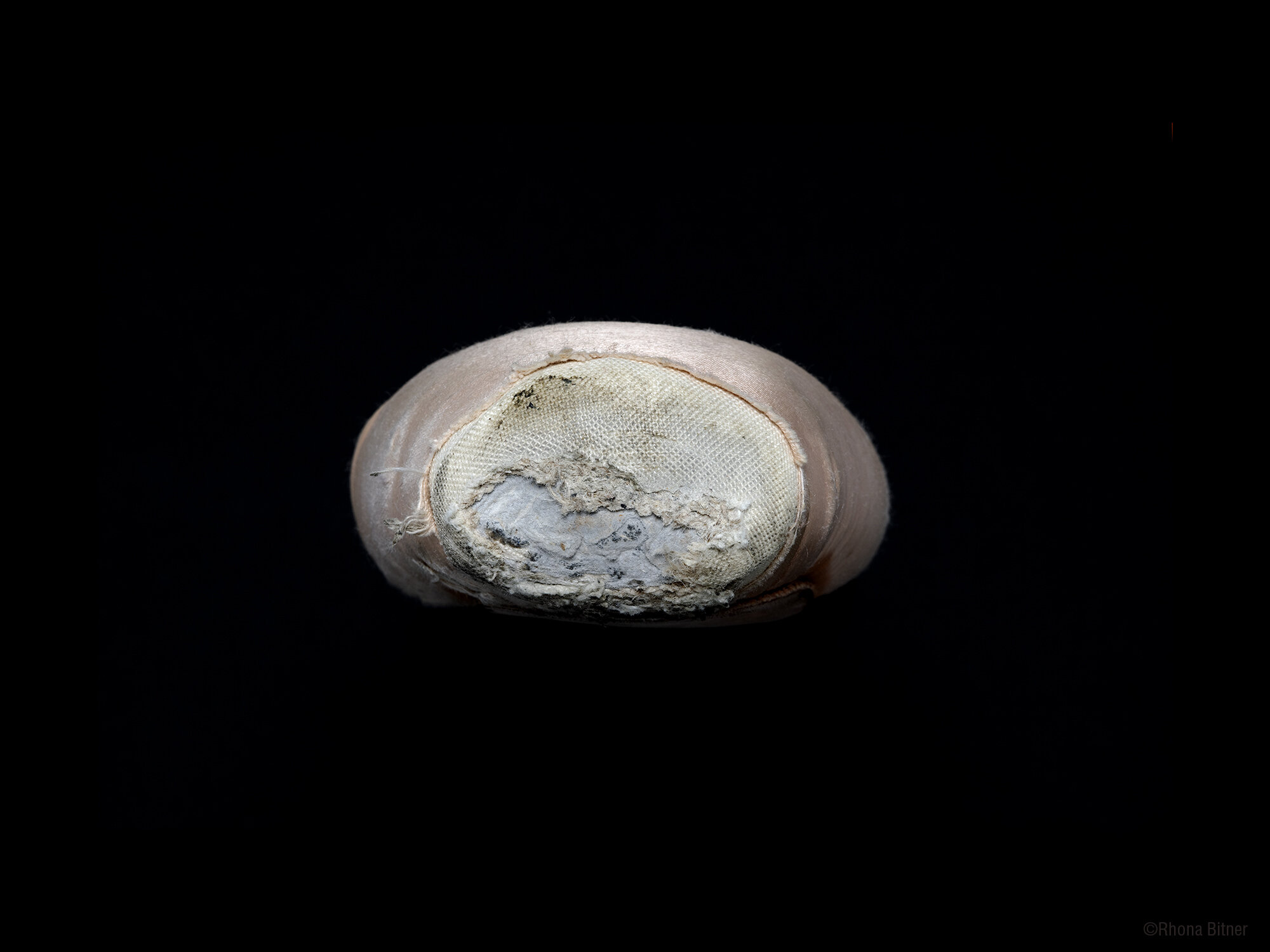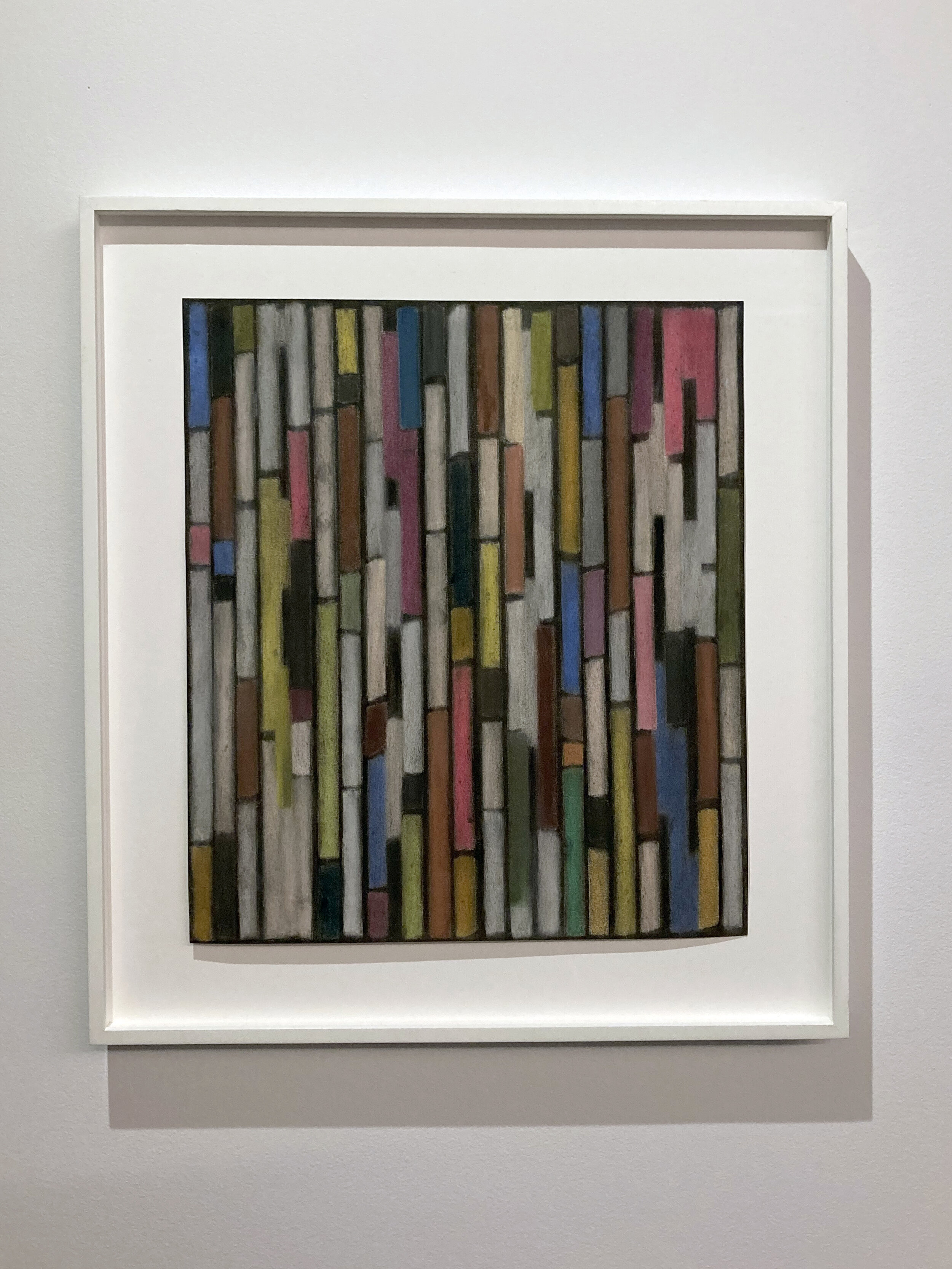Midtown
February 17 - May 7, 2021
Fanny Allié
Rhona Bitner
Liselot van der Heijden
Akira Ikezoe
Tamiko Kawata
Yongjae Kim
Javier Romero
Curated by: Deric Carner
EFA Studio program presents work by member artists Fanny Allié, Rhona Bitner, Liselot van der Heijden, Akira Ikezoe, Tamiko Kawata, Yongjae Kim, and Javier Romero. Midtown Manhattan is many things to many people. It is a dense zone of glass and brick, grimier and grittier than most parts of the city, but full of heaving life. Often unloved and entered begrudgingly by natives, Midtown is where this group of artists work and take inspiration. Whether exploring the indifference and liberation of the transient city, collecting materials, or responding formally or intellectually to locale, these artists show what might be unseen and unappreciated.
“Good times and bum times, I've seen them all” - I’m Still Here by Stephen Sondheim
Midtown is a habitat for varied denizens whose industry and inner life are puzzled over by the artists. Yongjae Kim’s photorealistic paintings coolly view subway riders and fast food patrons through windows. He freeze-frames scenes that we often only glimpse in a rush such as the Pret A Manger window just half a block from EFA (now closed due to Covid-19). We ache to understand their hopes and dreams but are left with a Hopper-like emptiness and melancholia.
In contrast to this realism, Akira Ikezoe’s playful Coconut Heads series render figures in a flat game-like environment. His paintings show fanciful economies of small figures producing and consuming goods. Here giraffes are the source material for making ramen noodles which are fed to other coconut heads, eventually leading to piles of used ramen bowls that feed the giraffes. The figures are anonymous in their coconuts and we can only guess what they think of their occupation.
Using soft sculpture silhouettes, Fanny Allié represents the unheralded characters that are an integral part of urban life, such as people who pick up cans on the street, homeless people, and people in wheelchairs. Many figures carry baggage that defines their shape. The subject and Fanny’s arrangement of small characters across a long wall suggests a modern Bruegelian scene.
Liselot van der Heijden’s work deals with the indifference and liberating anonymity of the city. Arriving in the city, perhaps by train or bus, no one will question why you are there, where you are going. The city offers infinite promise, but also the possibility of cruel disregard. In Face to Face, a woman is shown staring defiantly into the camera as crowds rush by ignoring her. In Flags, Liselot takes a deadpan gaze at two flags backdropped by severe corporate buildings on Avenue of the Americas in Midtown. The American flag and the 21st Century Fox flag fly together as a sublime conflation of the American dream, the Hollywood dream machine, and corporate modernity.
Javier Romero’s drawings are created through a structured process that is both intuitive and analytical. Romero has a background in architecture and his works use a minimum of materials (graphite on paper) to explore possibilities of positive and negative space. They have the attraction of logos or round-faced anime characters but are not clean or easily reproduced. The graphic punch of Sticks and Stones #17 is built up through long hours of intense mark-making and unplanned moves. This tension between accident and control is similar to the city which is both highly planned and spontaneous.
Like the Sondheim song about the highs and lows of Broadway stardom, Rhona Bitner’s photographs of worn ballet shoes illustrate the contradictions embodied in the beauty and weightlessness of the ballerina’s performance. Each shoe traces the toll exacted on their bodies as they dance in exhilarating and exacting repetition. The handmade silk shoes are swiftly worn out and replaced, often mid-performance. Bitner, who is known for photographing the duality of an empty stage, has turned her gaze to these artifacts and has rendered them unearthly in their hyper-focus.
Tamiko Katawa has created a site-specific installation out of used pantyhose that were donated to the artist. The colorful pantyhose come from fellow EFA Studio Member artist Jeanette May’s mother’s Chicago home when she moved to a nursing home. The joyful, particular colors recall another time. Tamiko has arranged the pantyhose in a way that suggests a troupe of dancers or lights of broadway. The addition of black pantyhose frame the ecstatic central portion like spotlights and echo the iconic 20th Century Fox logo across the room in Liselot’s video.


